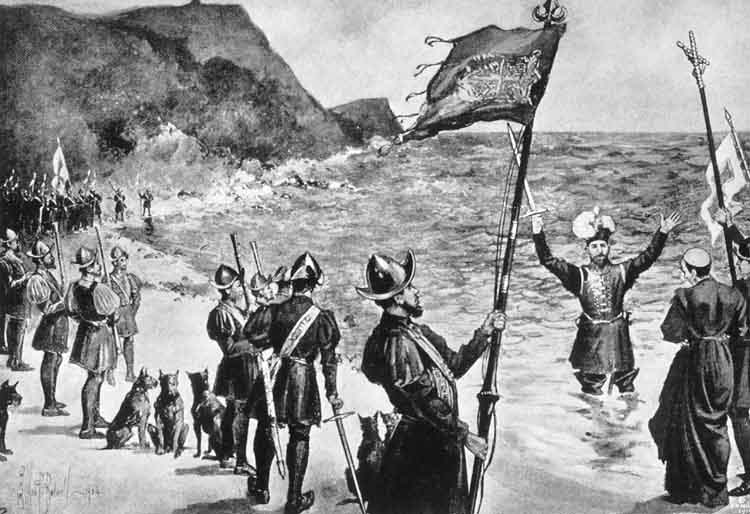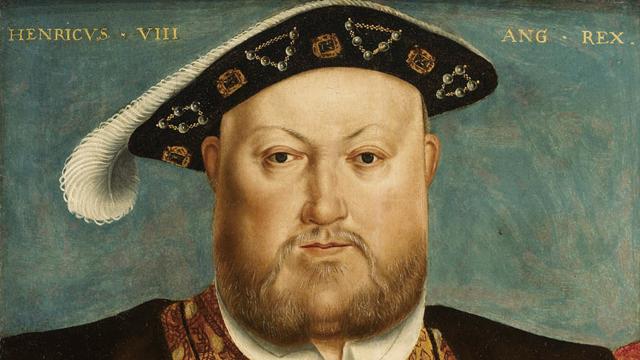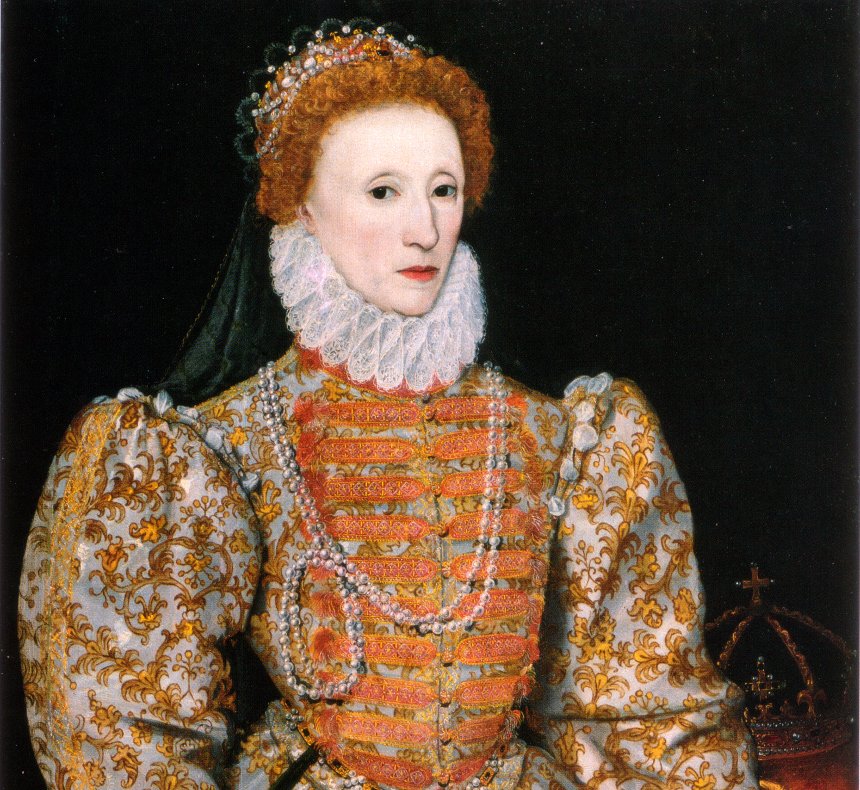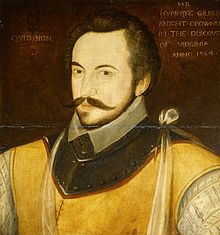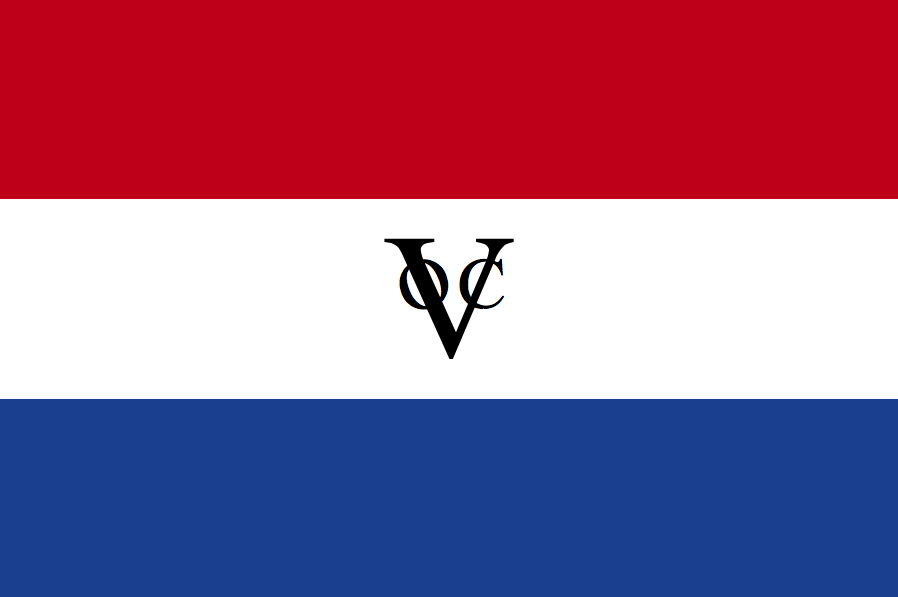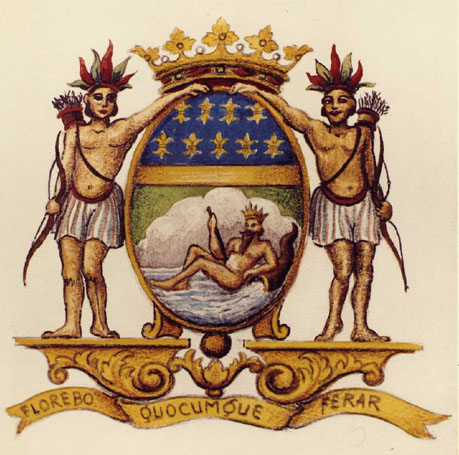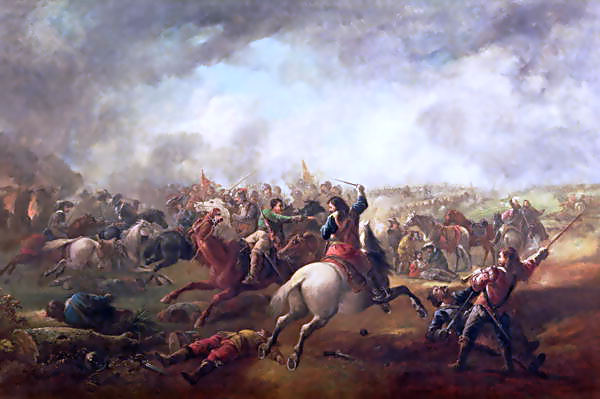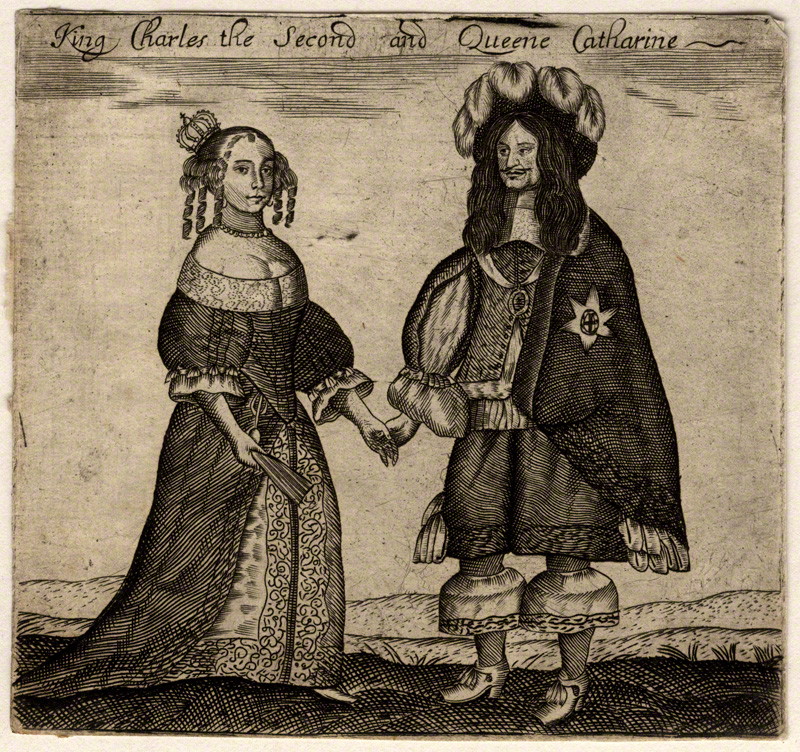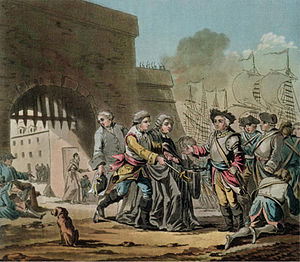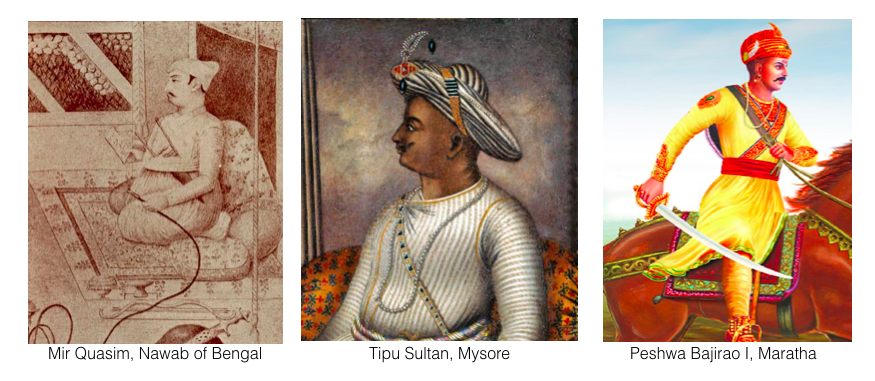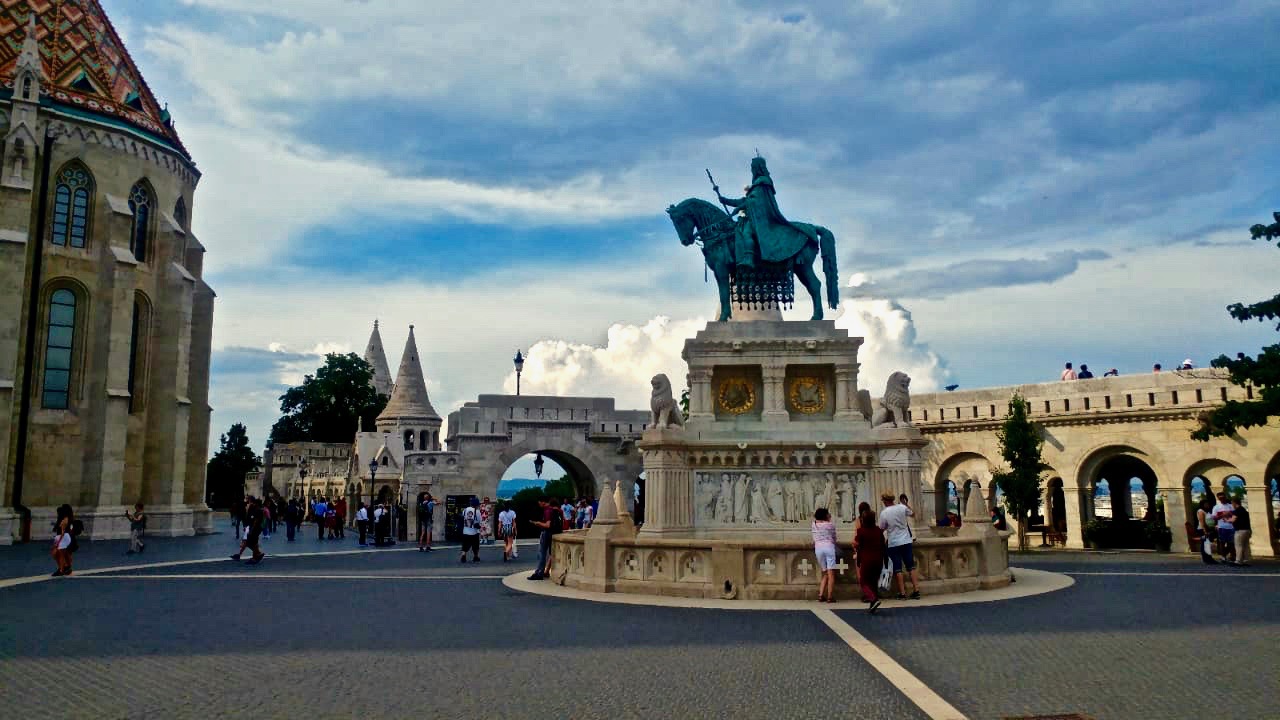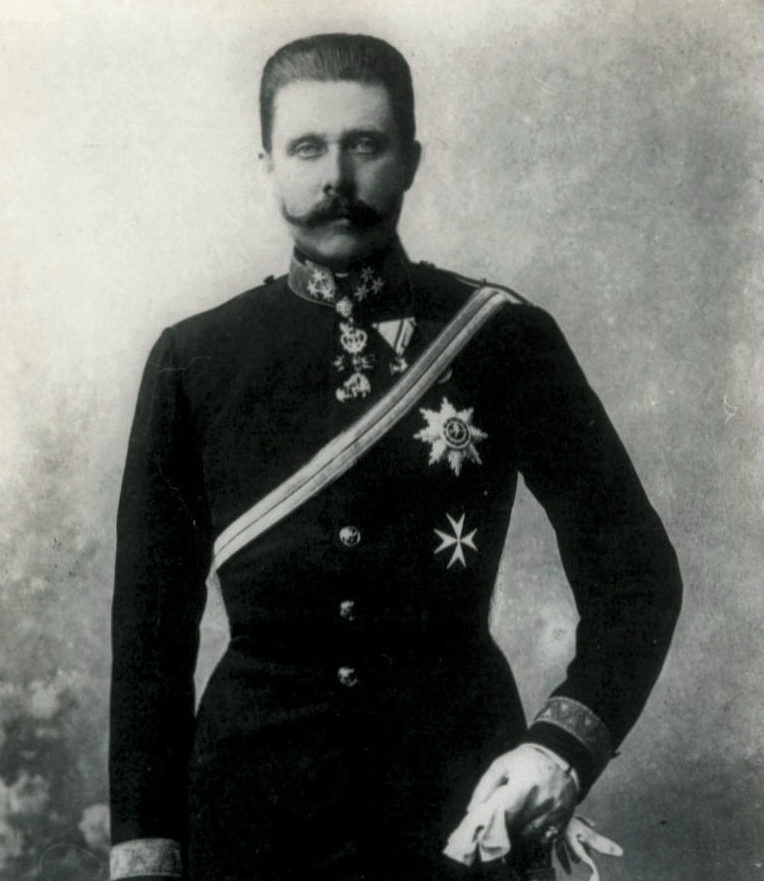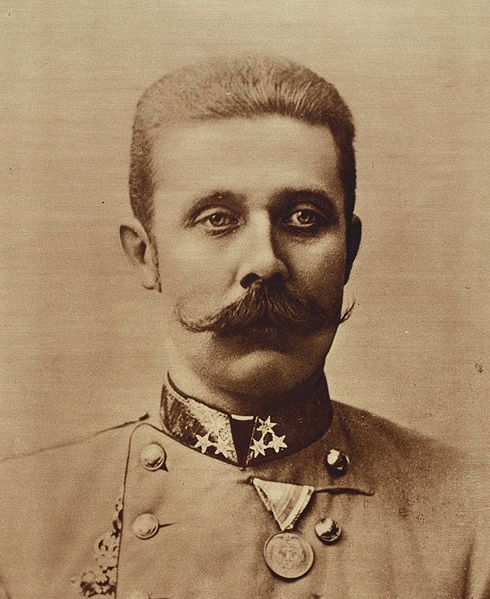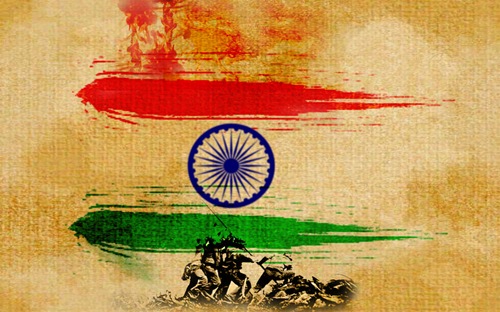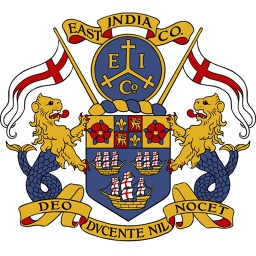
Origins of the British Empire
Origins of the British Empire
A country with vast fertile land, a plethora of cultures and people, India has so much of diversity. This land had been set free 70 years before. 300 years of this land’s equally vast history has been reserved for the Indian Freedom Struggle.
As I always mention, history is a story. And every story has 2 perspectives. Similarly we are lucky enough to have 2 different versions of the Indian Freedom Struggle.
This weekend let us find an answer to this simple question- Why did a Company like the British East India Company want to set up a colony in India instead of Britain’s Monarch?
1498-1600
Despite the sprawling Spanish and Portuguese empires emerging in the early 16th century, England it seemed had no destiny beyond its own shores as it’s one attempt at establishing a colony by John Cabot in 1497-98 had failed; that was until a series of reforms undertaken by King Henry VIII (1491-1547) radically altered the course of English history.
After his break with the Catholic Church in 1534, Henry set about breaking the church’s power in his lands, namely by closing the monasteries and confiscating church property. The wealth gained from the church’s estates would help lay the foundations for the economic prosperity under his daughter Queen Elizabeth I (1533-1603) and enable the subsequent expeditions for colonisation pursued during her reign.
Crowned on 15 January 1559, Elizabeth’s ascension marked the beginning of what historians refer to as the Golden age in English history; a period spanning from 1559-1603. Her reign marked the highpoint of the English Renaissance and saw a flowering of poetry, music, literature, and theatre; an influence that still echoes today through the likes of the era’s most famous playwright Sir William Shakespeare (1564-1616). It was also an era of exploration. In 1562, as relations between England and Spain intensified (mainly over religious affairs), Elizabeth commissioned the privateers Sir John Hawkins and Francis Drake to harass and loot Spanish vessels off the west African coast and in the Caribbean.
War with Spain ensured which prompted English intellectuals to start advocating for a colonial empire of their own to compete with the Spanish. A series of explorers made advances into the new world during the early period of Elizabeth’s reign. The first of such men was Martin Frobisher who in 1576 landed on Baffin Island, he later returned with the intent on establishing a colony but failed. He was followed seven years later by Humphrey Gilbert who tried and failed to colonise Newfoundland.
In 1584, Humphrey’s brother Sir Walter Raleigh acquired a charter from the Queen to establish the first official English colony called Roanoke but it too failed. Although Frobisher, Gilbert, and Raleigh’s attempts at colonisation all came to nothing, the Queen was all but dissuaded from establishing an English colonial empire. Instead she vested power of establishing colonies to chartered companies who proved much more successful than direct government efforts.
During this period of economic growth the first joint stock companies emerged. Corporations by modern standards are legal entities that are owned and run by a group of shareholders with the expressed purpose of conducting business. Most corporations are of the consumer type, helping to manufacture and sell goods in a public market. In the early 17th century when the first corporations were chartered in Europe they were an altogether different engine of commerce. These companies held sway over entire countries, had private armies and navies to control their colonies and monopolised entire sectors of trade and in so doing became some of the richest corporations in history. The most infamous trading companies were the British East India Company founded in 1600 and the Dutch VOC (East India Company) founded in 1602.
The legacy these companies left behind were unprecedented as they laid the groundwork for empire and the subsequent states that emerged after decolonisation.
British East India Company
1600-1874
From its first territorial acquisitions in India at Surat in 1608, the British East India Company constantly sought to expand its influence. In 1639, Francis Day, a representative from the company acquired a small plot of land on the east coast of India from which he built one of the company’s crown ports, Madras. Company acquisitions halted as a result of the English Civil War (1642-1660), but resumed once the monarchy had been restored in 1660.
With the ascension of King Charles II, his wife the Portuguese Princess Catherine of Braganza of Portugal contributed as part of her dowry the port of Bombay; another city of great importance in what would become company India and later the British Raj.
In 1690 the company dispatched a delegation to the Mughal court which acquired three small villages nestled among a malaria infested swamp in Bengal. It was valuable as it had deep water anchorage which was vital for shipping and for there the company would build the city of Calcutta.
From the company’s founding in 1600, it was in name and practice a trading company; leasing small plots of land from local rulers where they conducted trade. In the early 1700s as Mughal power declined due to economic and bureaucratic instability, new powers such as the Marathas emerged further destabilising the region. The ensuing power vacuum gave the company incentives to consolidate power and conquer. Sons of the British aristocracy flocked to India where they sought fortune and glory in service of the company. As company assistance in rebellions against Delhi further weakened the Mughal Empire, so did the company’s efforts are pitting emerging powers against each other to further destabilise India. The first European power to turn from a commercial to an Imperial venture in India were the French. Their expansion provoked three successive conflicts known as the Carnatic Wars (Wars between the French and the British) fought between 1746-1763.
Siding with the French, the Mughal Empire was dealt a crippling blow when they were defeated at the Battle of Plassey (1757); subsequently being forced to cede parts of the Sundarban in their richest province of Bengal. The once commercial nature of the company had shifted to conquest. Expanding further into Bengal, the company defeated the Mughals at the Battle of Buxar in 1764; exacting the right to collect taxes on behalf of the Emperor in the Treaty of Allahabad which proved pivotal in establishing company’s rule politically and usurping that of the Mughal Emperor. With conquest followed annexation: Circars, the Nawabs of Bengal, Murshidabad, Bihar, Ghazipur, and Banares by 1775. As their borders expanded so did conflict with regional states such as Ceylon, the Marathas, Kingdom of Mysore, Sikh Confederacy, Afghans, and Burmese ensue, all of whom would fight and lose a series of wars that would stretch well into the latter half of the 19th century.
In 1857, Muslims in the service of the company upon hearing rumours that their new rifles were greased with pig fat rebelled. They were joined by the Mughals and several other states, while a greater coalition was assembled by the company; however the British government was forced to intervene. The Sepoys, Muslims and their allies were defeated, the British crown annexed India by way of the Government of India Act in 1858, the Mughal Empire was dissolved, and the Company went bankrupt in 1874. The Great Mutiny would prove the greatest civil conflict in the history of British India.
——————–
This article is written by Gerald Kuchyt. He runs an Instagram called @british.history. Through this account he elaborates stories about the past. Gerald is fascinated by Indian history. It is very fascinating to read the posts he puts up on Instagram. Follow him here.
————————–
Read the Indian perspective of the Indian Freedom Struggle from 1498 to 1857-
——————
This is part 1 of the Indian Freedom Struggle Movement. The next part will be updated shortly. All views and opinions expressed stated are not mine. In case of a different perspective please comment below. I ask you to put forth your point without using cuss words.
————————–
Picture Curtesy- Google ImagesNOTE: The Bibliography for this post is missing. Please help us credit the sources that deserve it. If you believe your work, or a work you know of needs to be cited here, please write to editor@giglee.in to inform us. DISCLAIMER: The intention of this article is not to hurt anyone's sentiments. The thoughts expressed in the article are purely those stated by the author of the work. The information provided on this website may not be complete, reliable, accurate and/or updated. The details you share with the website will not be shared or sold. We are not liable if in case of theft, your data is stolen. The content on this website is provided without any warranties whether express or implied. If you have a doubt, query or complaint please write to editor@giglee.in and we shall respond as soon as possible.





